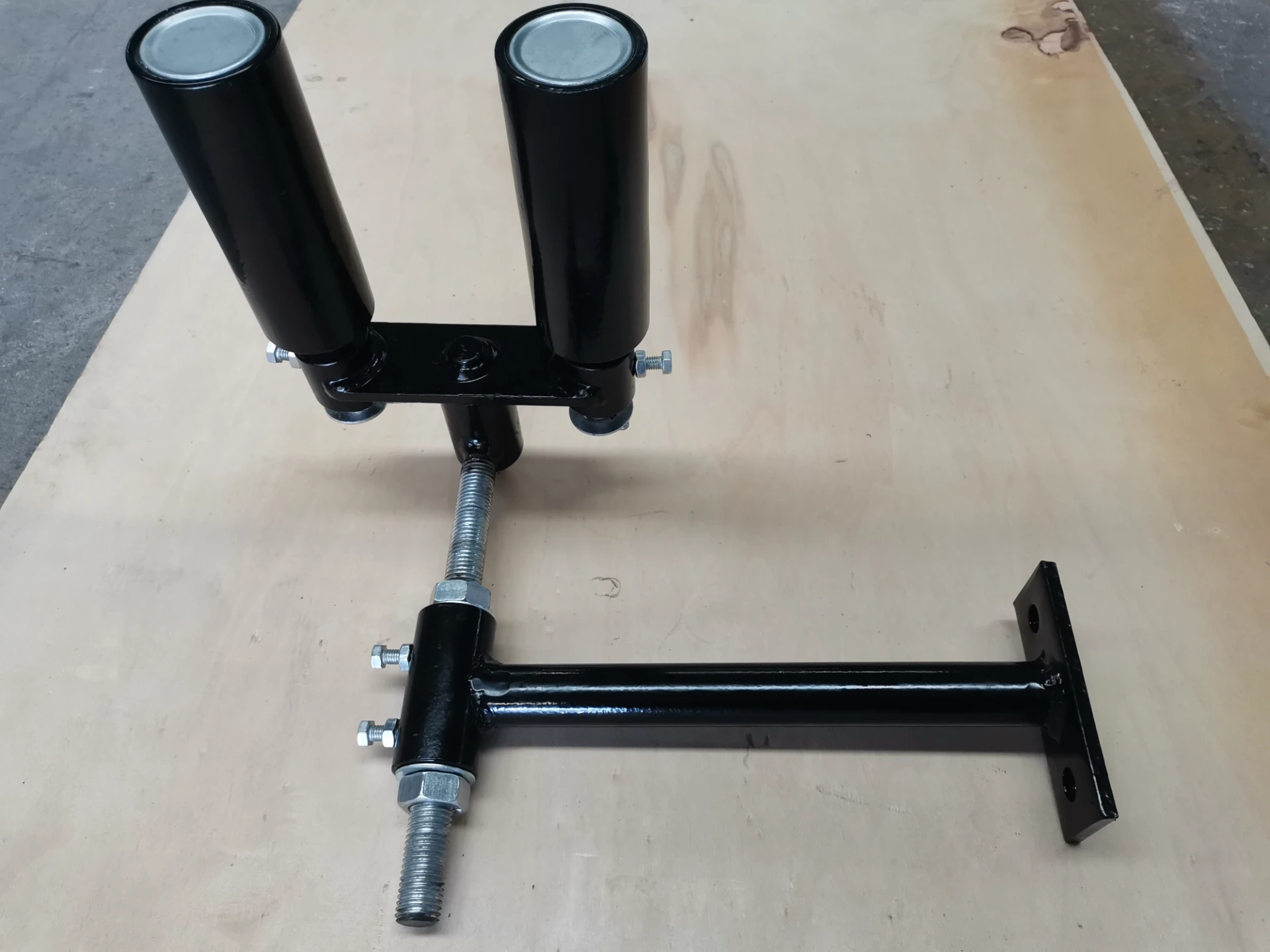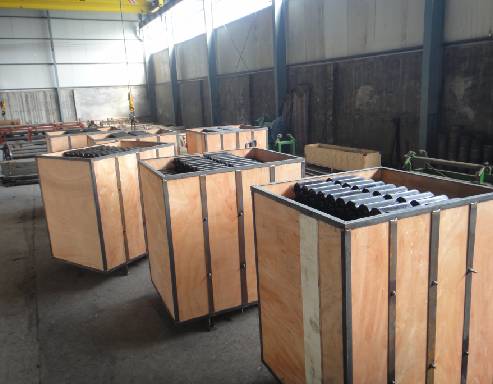 Afrikaans
Afrikaans  Albanian
Albanian  Amharic
Amharic  Arabic
Arabic  Armenian
Armenian  Azerbaijani
Azerbaijani  Basque
Basque  Belarusian
Belarusian  Bengali
Bengali  Bosnian
Bosnian  Bulgarian
Bulgarian  Catalan
Catalan  Cebuano
Cebuano  Corsican
Corsican  Croatian
Croatian  Czech
Czech  Danish
Danish  Dutch
Dutch  English
English  Esperanto
Esperanto  Estonian
Estonian  Finnish
Finnish  French
French  Frisian
Frisian  Galician
Galician  Georgian
Georgian  German
German  Greek
Greek  Gujarati
Gujarati  Haitian Creole
Haitian Creole  hausa
hausa  hawaiian
hawaiian  Hebrew
Hebrew  Hindi
Hindi  Miao
Miao  Hungarian
Hungarian  Icelandic
Icelandic  igbo
igbo  Indonesian
Indonesian  irish
irish  Italian
Italian  Japanese
Japanese  Javanese
Javanese  Kannada
Kannada  kazakh
kazakh  Khmer
Khmer  Rwandese
Rwandese  Korean
Korean  Kurdish
Kurdish  Kyrgyz
Kyrgyz  Lao
Lao  Latin
Latin  Latvian
Latvian  Lithuanian
Lithuanian  Luxembourgish
Luxembourgish  Macedonian
Macedonian  Malgashi
Malgashi  Malay
Malay  Malayalam
Malayalam  Maltese
Maltese  Maori
Maori  Marathi
Marathi  Mongolian
Mongolian  Myanmar
Myanmar  Nepali
Nepali  Norwegian
Norwegian  Norwegian
Norwegian  Occitan
Occitan  Pashto
Pashto  Persian
Persian  Polish
Polish  Portuguese
Portuguese  Punjabi
Punjabi  Romanian
Romanian  Russian
Russian  Samoan
Samoan  Scottish Gaelic
Scottish Gaelic  Serbian
Serbian  Sesotho
Sesotho  Shona
Shona  Sindhi
Sindhi  Sinhala
Sinhala  Slovak
Slovak  Slovenian
Slovenian  Somali
Somali  Spanish
Spanish  Sundanese
Sundanese  Swahili
Swahili  Swedish
Swedish  Tagalog
Tagalog  Tajik
Tajik  Tamil
Tamil  Tatar
Tatar  Telugu
Telugu  Thai
Thai  Turkish
Turkish  Turkmen
Turkmen  Ukrainian
Ukrainian  Urdu
Urdu  Uighur
Uighur  Uzbek
Uzbek  Vietnamese
Vietnamese  Welsh
Welsh  Bantu
Bantu  Yiddish
Yiddish  Yoruba
Yoruba  Zulu
Zulu Feb . 10, 2025 09:16
Back to list
types of conveyor belt pulleys
In the world of material handling, conveyor systems are the backbone of efficiency and productivity. A critical component of these systems is the conveyor belt pulley. Proper selection and use of the right type of pulleys enhance the effectiveness of your conveyor system. Here, let us explore the various types of conveyor belt pulleys and their distinctive advantages.
Motorized Pulleys Also known as drum motors, motorized pulleys integrate the motor and the pulley into a single unit. This design leads to a significant reduction in space, noise, and energy usage. These pulleys are gaining traction in industries that prioritize energy efficiency and require compact conveyor systems. Besides these advantages, motorized pulleys reduce maintenance requirements and improve conveyor reliability, making them a preferred choice for modern industrial setups. Snub Pulleys These pulleys are used to increase the angle of wrap around the drive pulley, providing additional friction and grip. Snub pulleys are typically employed in conveyors that handle heavy loads or operate under high-tension scenarios. By enhancing belt tension and grip, snub pulleys avert slippage, ensuring efficient conveying of heavy materials. They are essential in sectors such as logistics and distribution, where conveyor effectiveness directly impacts operation workflows. Take-Up Pulleys Essential for maintaining necessary belt tension, take-up pulleys allow for adjustments to be made in response to various operating conditions. They compensate for belt stretch and wear, ensuring smooth operation and reduced belt slippage. Take-up pulleys are crucial for keeping conveyors aligned and ensuring consistent performance, particularly in cyclical or variable-load applications found in manufacturing and processing. In conclusion, selecting the appropriate type of conveyor belt pulley is critical for optimizing your conveyor system’s performance and longevity. Each pulley type is designed to solve specific challenges encountered in various industries. Carefully assessing operational requirements and material characteristics ensures the most effective solutions are implemented, enhancing productivity while minimizing downtime and maintenance costs.


Motorized Pulleys Also known as drum motors, motorized pulleys integrate the motor and the pulley into a single unit. This design leads to a significant reduction in space, noise, and energy usage. These pulleys are gaining traction in industries that prioritize energy efficiency and require compact conveyor systems. Besides these advantages, motorized pulleys reduce maintenance requirements and improve conveyor reliability, making them a preferred choice for modern industrial setups. Snub Pulleys These pulleys are used to increase the angle of wrap around the drive pulley, providing additional friction and grip. Snub pulleys are typically employed in conveyors that handle heavy loads or operate under high-tension scenarios. By enhancing belt tension and grip, snub pulleys avert slippage, ensuring efficient conveying of heavy materials. They are essential in sectors such as logistics and distribution, where conveyor effectiveness directly impacts operation workflows. Take-Up Pulleys Essential for maintaining necessary belt tension, take-up pulleys allow for adjustments to be made in response to various operating conditions. They compensate for belt stretch and wear, ensuring smooth operation and reduced belt slippage. Take-up pulleys are crucial for keeping conveyors aligned and ensuring consistent performance, particularly in cyclical or variable-load applications found in manufacturing and processing. In conclusion, selecting the appropriate type of conveyor belt pulley is critical for optimizing your conveyor system’s performance and longevity. Each pulley type is designed to solve specific challenges encountered in various industries. Carefully assessing operational requirements and material characteristics ensures the most effective solutions are implemented, enhancing productivity while minimizing downtime and maintenance costs.
OUR PRODUCTS





























